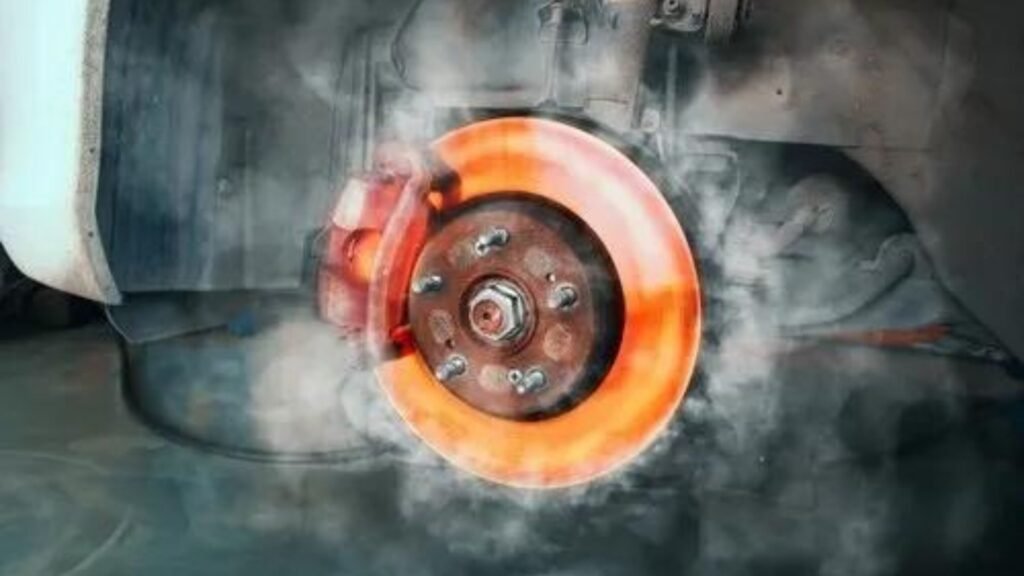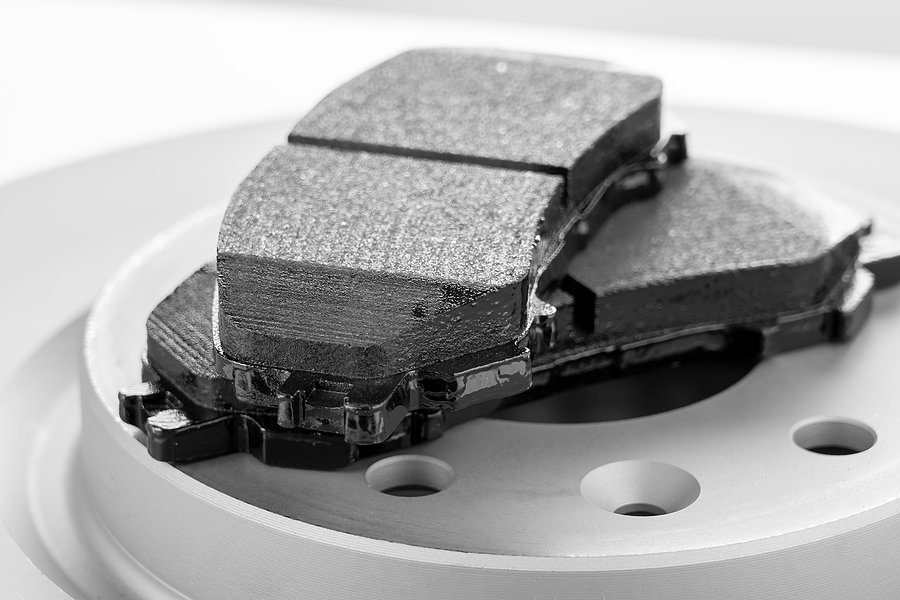Brakes are vital for vehicle safety and performance. However, like any mechanical system, they can experience problems over time. Understanding common brake failures and their solutions can help you maintain your vehicle’s safety and avoid costly repairs. In this article, we’ll explore typical brake issues, their causes, symptoms, and practical solutions.

Common Brake Failures
1. Squeaking or Squealing Brakes
Symptoms: A high-pitched squeaking or squealing noise when braking.
Causes:
- Worn Brake Pads: Brake pads have wear indicators that make a squeaking noise when they are worn down.
- Dust or Debris: Accumulation of dust or small debris between the brake pads and rotors can cause noise.
- Glazed Pads or Rotors: Overheating can cause the brake pads or rotors to become glazed, leading to noise.
Solutions:
- Replace Brake Pads: If the wear indicators are active, replacing the brake pads is necessary.
- Clean Brake Components: Use a brake cleaner to remove dust and debris.
- Resurface or Replace Rotors: If the rotors are glazed or damaged, they may need resurfacing or replacement.
2. Grinding Noise
Symptoms: A metal-on-metal grinding noise when braking.
Causes:
- Severely Worn Brake Pads: The brake pads are worn down to the metal backing, causing damage to the rotors.
- Debris in Brakes: Small stones or debris lodged between the brake pads and rotors can cause grinding.
Solutions:
- Replace Brake Pads and Rotors: Both the brake pads and rotors may need to be replaced if the pads have worn down completely.
- Inspect for Debris: Remove any debris from the brake system and inspect the components for damage.
3. Brake Fade
Symptoms: Reduced braking performance, especially after extended use or during high-speed braking.
Causes:
- Overheating: Excessive heat from continuous braking can cause brake fade, reducing the effectiveness of the brakes.
- Old Brake Fluid: Brake fluid can absorb moisture over time, lowering its boiling point and contributing to brake fade.
Solutions:
- Allow Brakes to Cool: Let the brakes cool down if they have overheated. Avoid heavy braking until they are cool.
- Replace Brake Fluid: Flush and replace the brake fluid with fresh, high-quality fluid to prevent brake fade.
4. Spongy or Soft Brake Pedal
Symptoms: A brake pedal that feels soft or spongy when pressed.
Causes:
- Air in Brake Lines: Air bubbles in the brake lines can compress under pressure, causing a spongy feel.
- Low Brake Fluid: Low brake fluid levels can result in reduced braking power and a soft pedal feel.
- Leaking Brake Lines: Leaks in the brake lines can cause a loss of brake fluid and reduced pedal pressure.
Solutions:
- Bleed the Brake System: Remove air bubbles from the brake lines by bleeding the system.
- Check and Refill Brake Fluid: Ensure the brake fluid level is adequate and top it up if necessary.
- Inspect for Leaks: Examine brake lines for leaks and have them repaired if necessary.
5. Pulling to One Side
Symptoms: The vehicle pulls to one side when braking.
Causes:
- Uneven Brake Pads: If one set of brake pads is more worn than the other, it can cause uneven braking force.
- Sticking Calipers: A caliper that doesn’t release properly can cause the vehicle to pull to one side.
- Uneven Tire Pressure: Different tire pressures can affect braking performance and cause pulling.
Solutions:
- Inspect and Replace Brake Pads: Check the brake pads for uneven wear and replace them as needed.
- Check Calipers: Inspect the brake calipers for proper operation and have them serviced if they are sticking.
- Check Tire Pressure: Ensure all tires are properly inflated to the recommended levels.
6. Vibration or Pulsation
Symptoms: A vibrating or pulsating sensation in the brake pedal when braking.
Causes:
- Warped Rotors: Rotors that have become warped due to excessive heat can cause vibrations.
- Uneven Brake Pad Wear: Uneven wear on the brake pads can lead to pulsation.
Solutions:
- Resurface or Replace Rotors: Have the rotors resurfaced or replaced if they are warped.
- Replace Brake Pads: Install new brake pads if they are unevenly worn.
Conclusion
Understanding and addressing common brake failures is essential for maintaining vehicle safety and performance. By recognizing symptoms and their causes, you can take proactive steps to resolve issues and ensure your braking system operates effectively. Regular inspections and timely repairs will help prevent brake problems and keep you safe on the road. If you encounter persistent brake issues, consult a professional mechanic to diagnose and address the problem comprehensively.




